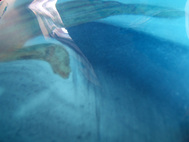 Renate Wendel - Crafting by Committee
Renate Wendel - Crafting by Committee 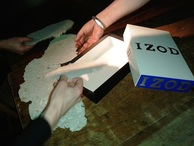 James Sharp - Crafting by Committee
James Sharp - Crafting by Committee 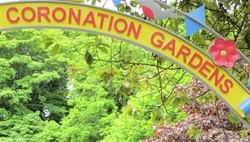 Coronation Gardens, Bollington
Coronation Gardens, Bollington 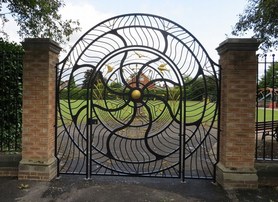 Elworth Park Gateway
Elworth Park Gateway As if this wasn’t enough, she is now working on a sculptural bench for another country park and looking at ways of presenting information in an alternative format for a touring exhibition about village life affected by World War One in Holmes Chapel. This project involves working with local school and MMU media students to make a film investigating personal rather than political stories and she has been looking into the history of the local area, including why there seem to have been so many Belgian refugees!
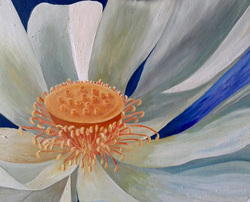 Tamana Lotus
Tamana Lotus Well, that’s your lot for March! We are looking forward to welcoming back Dave Wilkinson in April who will be sharing his work in astrophotography with us! Hope to see you then!

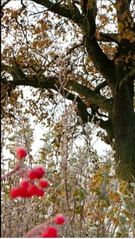


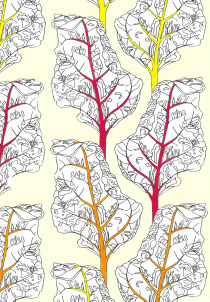
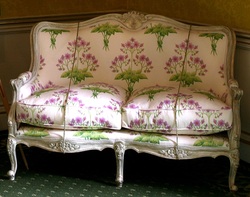
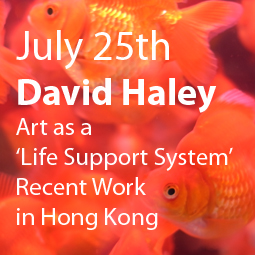
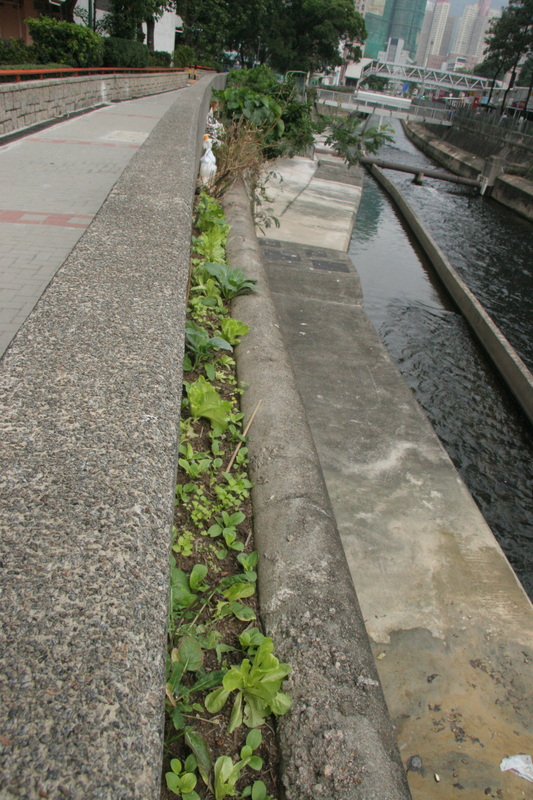
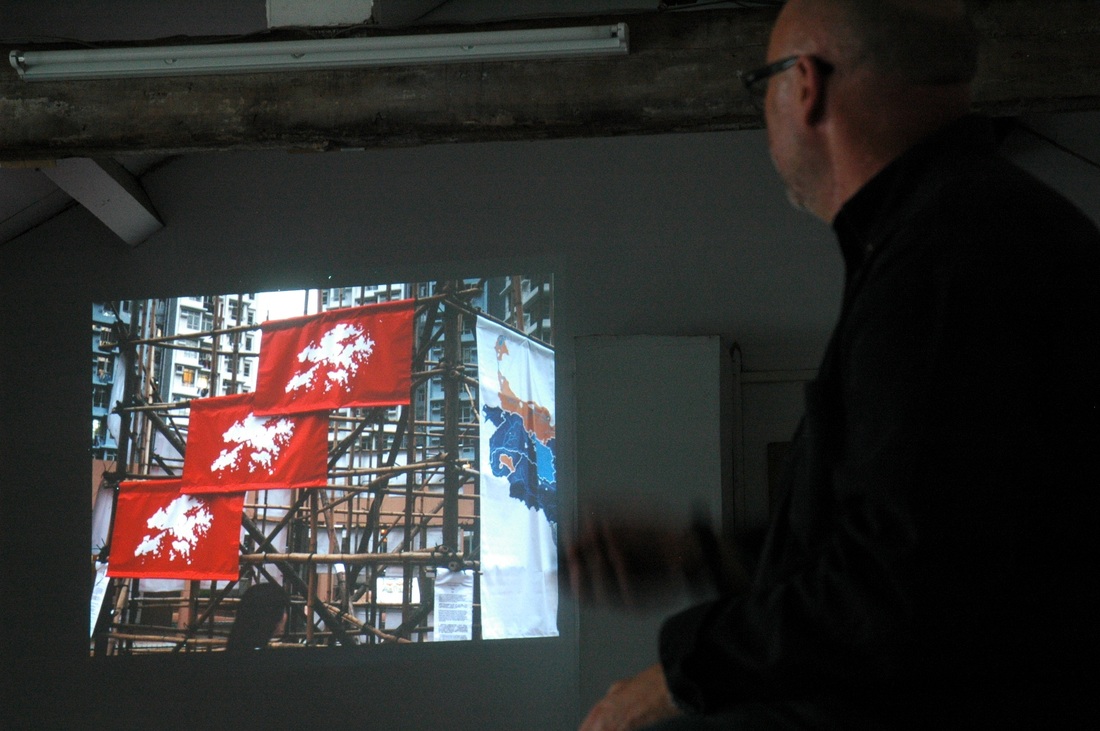

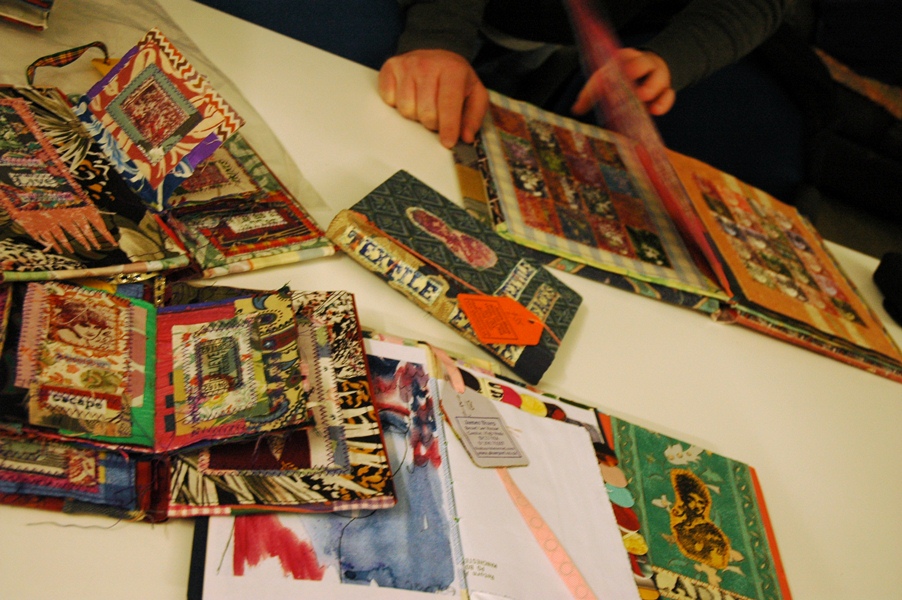
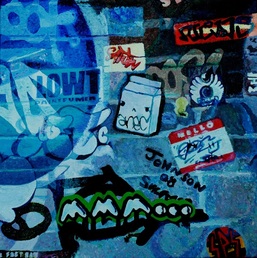
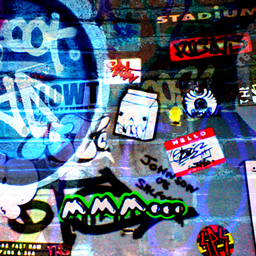
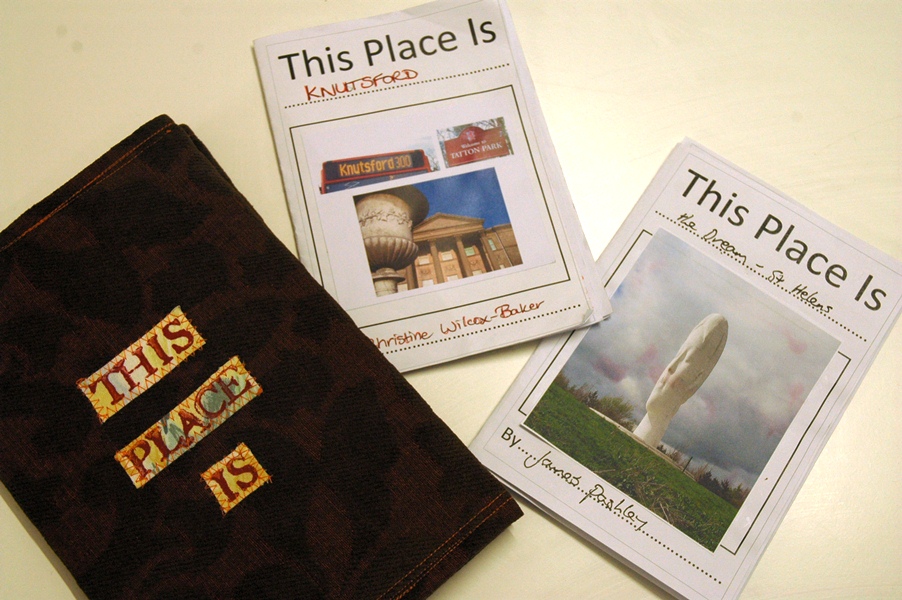
 RSS Feed
RSS Feed
